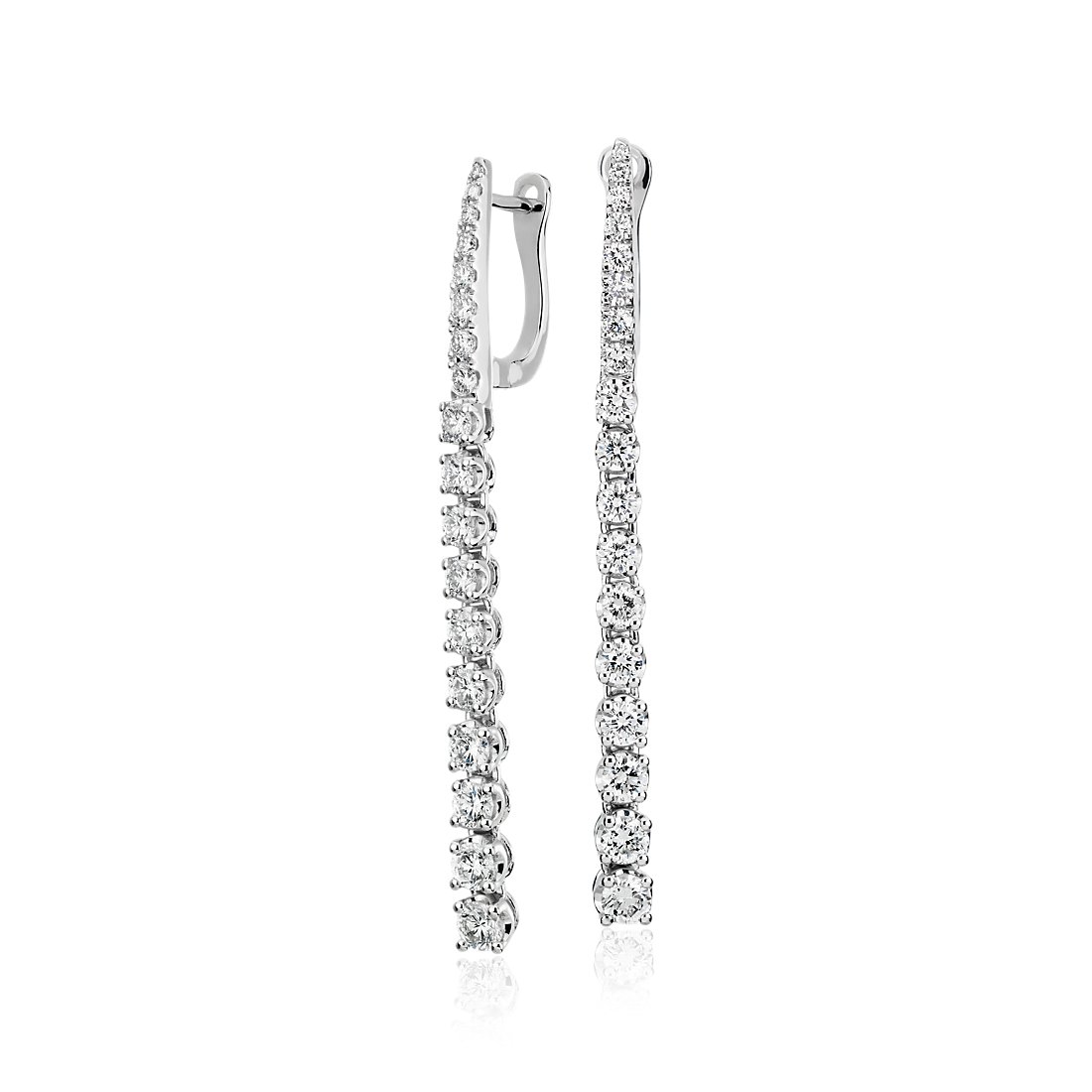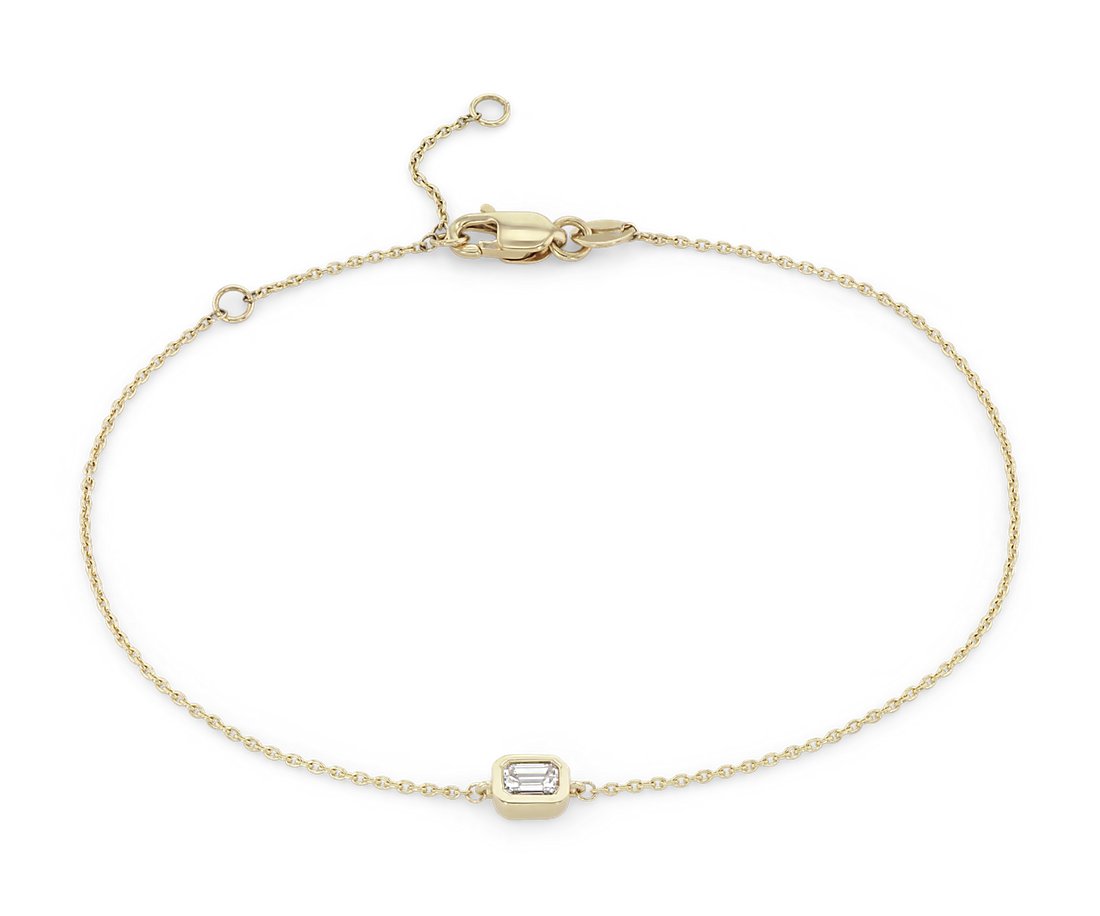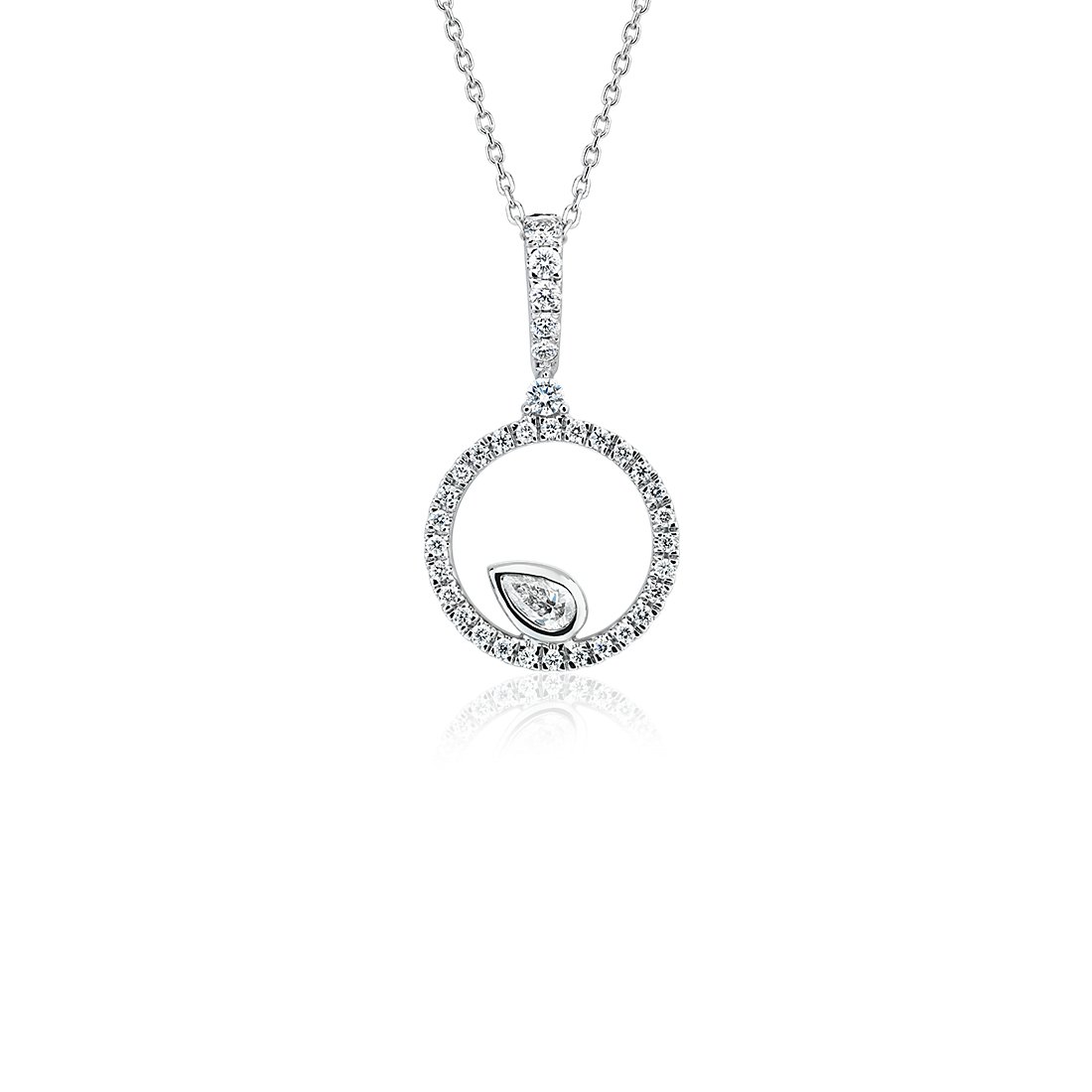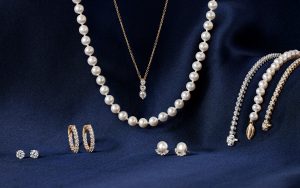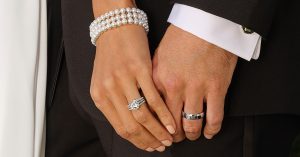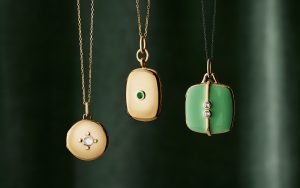How to Choose the Perfect Jewelry for Your Wedding Day
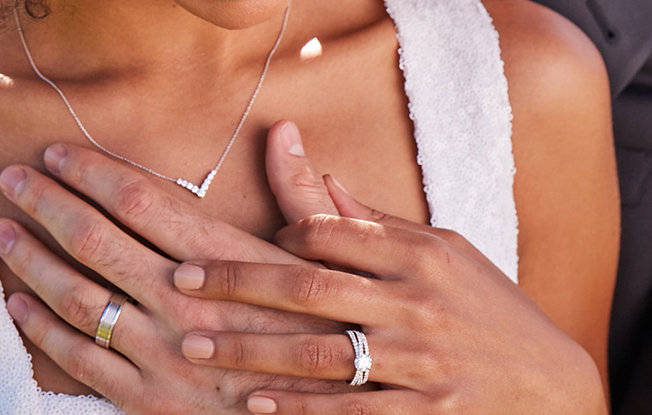
The act of exchanging wedding rings while looking into each other’s eyes and committing to a lifetime together is one of the most romantic and celebrated moments of any wedding day. And while this does symbolize your never-ending love for one another, wedding bands are far from the singular piece of jewelry worn on the big day.
Many brides want to create an entire look—from the dress to her hair and makeup—so selecting the perfect jewelry is key. For others, wedding jewelry can be a way of honoring loved ones past and present.
The right bridal jewelry can add romance and sparkle to any bride’s look on the big day. Here, we take a look at some of the history and traditions of wedding jewelry, as well as how to choose the perfect pieces to complete your look.
A Quick History of Wedding Jewelry
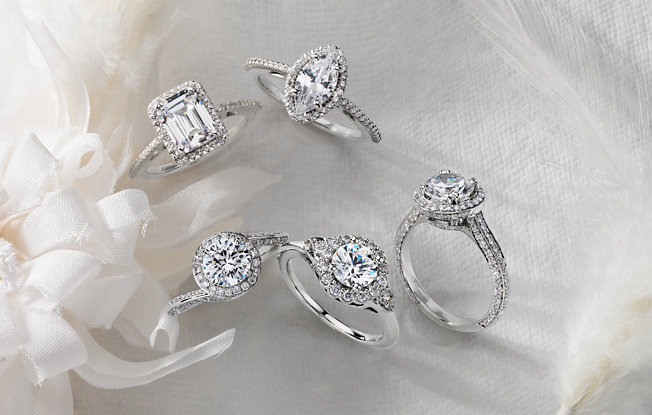
First given almost 5,000 years ago in ancient Egyptian times, wedding rings were initially made of leather or woven reeds and considered to be an eternal symbol of love. In the 1500s wedding rings became a connection between the bride and groom, with interlocking Gimmel rings as a sign of their commitment, more like a traditional engagement ring than the modern wedding band.
The first recorded instance of a diamond engagement ring being used for a proposal was in 1477 when Austrian Archduke Maximilian proposed to Mary of Burgundy. Diamond engagement rings became much more popular from this point onwards, initially in the upper classes, but this has become more common over time.
Alongside the adoption of ornate and beautiful wedding gowns, many brides also saw their big day as an opportunity to show off their family’s finest gemstones and jewels. Pieces may have been taken from the family’s wider collection, to represent the traditional poem requiring “something borrowed” as well as “something new”, and this trend for beautiful wedding jewelry has not waned over the years.
Tips for Styling Your Wedding Jewelry

When it comes to selecting jewelry for your wedding day, there is no “right” choice. The best choice for you will depend on your personal style and what makes you feel beautiful. There is wedding jewelry to suit every taste and budget. Here are some tips for narrowing down what’s right for you.
- Strike a balance: For most brides, the dress is the main event, so be sure to balance the amount of jewelry so as not to distract from your gown. A simple combination of the right wedding earrings, bracelet, and necklace may well be enough.
- Don’t be afraid to mix old & new: There are no rules to say you can’t combine your Grandma’s vintage pendant with a brand-new diamond bracelet. If this look works for you then go for it.
- Try your jewels with your dress: In most cases, the bride will choose the dress before the jewelry. Be sure to try the whole look on together before your big day to make sure you feel great in everything.
- Embrace your own style: It’s easy to get overwhelmed with choice, so remember to keep your personality and taste in mind. Your wedding day is not a time to go miles out of your comfort zone, so if you prefer a classic look, go for it, but if you like something a little more quirky and fun, don’t be afraid to do that either.
How to Match Your Jewelry With Your Wedding Dress
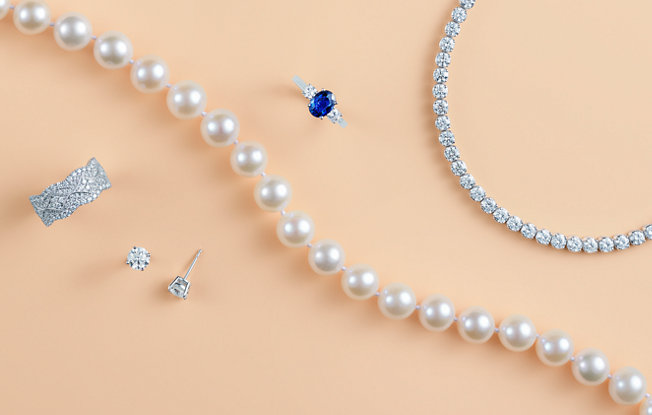
There are some things you’ll want to keep in mind when choosing jewelry to match your dress, especially when it comes to your choice of wedding necklace. The neckline and style of your dress will influence the necklace you choose, as well as bracelets and other adornments. Here are a few things to consider:
One-Shoulder Gowns: This style usually doesn’t always pair well with necklaces; it can be one statement too many. The dress should be the star of the show, but you could choose to team it with a heavy bracelet or bangle stack, or perhaps some simple yet enduring pearl wedding earrings.
Strapless Wedding Dresses: These are amongst the most popular and they leave a relatively extensive amount of exposed skin to work with, allowing for many jewelry choices. Popular necklace options include large, bold pieces, as the neck area is fully exposed. Diamond necklaces are particularly striking as the stones glimmer when the bride takes to the aisle. It’s recommended that the necklace lies halfway between the neckline and collarbone or above, so the overall look is balanced.
Halter Neck Wedding Dresses: This style doesn’t leave much space for necklaces but is perfect for teaming with statement earrings such as chandelier-style designs. They also look beautiful when paired with elegant wedding bracelets, like diamond tennis bracelets or delicate pearl chains.
V-Neck Wedding Dresses: This is an elegant and classical look, ideal for a sophisticated pendant necklace to hang in the “V” of the dress. It is the natural and most striking way of showing off the neckline and dangly earrings to match can complete the look.
Matching Metals, Colors and Fabrics
Although there are no hard and fast rules, some precious metals work better with certain colorways, so as you look for the right metals for your rings and jewelry, it is worth keeping your dress color in mind.
Ivory: Generally speaking, ivory looks best when paired with gold because it brings out the warmer tint of the fabric.
Pure White: Brides opting for the purest of white dresses should consider platinum or silver with touches of pearl, as the natural hues of gold can clash with the whitest dresses.
Diamond White: Brides who opt for diamond-white gowns, popular due to their slightly off-white elegance, can have their pick of precious metals. The slightly off-white tones are perfect whether you want to wear yellow gold, platinum, silver, pearls, or even rose gold.
Beading: Brides who choose dresses with ornate detailing or beadwork can use these colors as a guide for the right jewelry.
The Tradition of Wedding Pearls

Pearls are synonymous with brides and every pearl is unique. Many traditional folklore tales say that wearing pearls on your wedding day will bring a happy marriage and it is tradition in some cultures for pearls to be given as a gift from the bride to groom.
Many brides choose to incorporate pearls into their look by matching them with pearl elements and detailing on their wedding dress. Pearl wedding bracelets are popular and simple pearl earrings work beautifully to create an elegant and timeless look. Pearls come in many different shades, so you could use pink, cream, gold, or lilac hued pearls to accentuate the beauty of the wedding gown.
Something Blue: Sapphires, Topaz and Aquamarine
Many brides still love the tradition from the wedding poem of wearing something blue. Sparkling sapphire jewelry is a stunning choice for an understated blue addition to any bride’s look. Perfect for September brides who want to show off their birthstone, or those who received a sapphire engagement ring just like the one worn by Princess Diana and then the Duchess of Cambridge.
If you prefer a lighter blue, topaz and aquamarine are both beautiful stones. Queen Elizabeth II was given an iconic diamond and aquamarine necklace by the president and people of Brazil for her 1953 coronation.
Bridal Jewelry Traditions from Around the World
The traditions we have covered here are by no means the final word in wedding jewelry. There are many different customs from around the world that you might draw inspiration from.
Greek Orthodox weddings feature traditional crowns known as stefana, worn by both bride and groom, with modern crowns featuring precious metals, gemstones such as diamonds, and traditional leaf motifs.
In some areas of China, silver wedding jewelry is preferred as it is considered good luck, with the Dong people in Southwest China known to treasure and collect silver jewelry, especially for their daughters’ wedding days. The traditional wedding attire of Yemenite Jewish brides also incorporates elaborate silverware built into ornate headdresses covered in beads, bells, and rings.
Gold remains a particularly important and symbolic metal choice in other cultures. In traditional Indian Hindu ceremonies, the bride will wear sixteen individual pieces of jewelry, usually made from vivid yellow gold and studded with gemstones.
Meaningful and Sentimental Bridal Jewelry
A wedding is a celebration and a declaration of your love, so it’s only natural that many brides want to honor special members of their family, including those who cannot be present. This is even more common at the moment during the pandemic.
Bridal jewelry can incorporate beautiful pieces from the family collection, those passed down from relatives, and anything of sentimental value. Some brides wear the first pair of earrings their husband-to-be bought them for example, while others want to walk down the aisle with their grandmother’s favorite pendant necklace close to their heart.
There are many unique and wonderful ways you can use your bridal jewelry as a way of including your whole family on your big day. Even locket photos and treasured childhood costume jewelry can be tastefully incorporated with a little thought and creativity.
Wear it with Love
Your wedding jewelry is as much a part of your big day as the dress, your vows, and your flowers. Taking the time to consider the right pieces and combinations for the special day is important for ensuring you have the look you dreamed of.
Every couple and every bride is unique, so while we have shared some general guidance here, the choices you make should feel right and meaningful for you. As long as you walk down the aisle with love in your heart and a twinkle in your eye, it’s sure to be one of the most memorable days of your life!





